Home>Gardening & Outdoor>Landscaping Ideas>When To Water Zoysia Grass
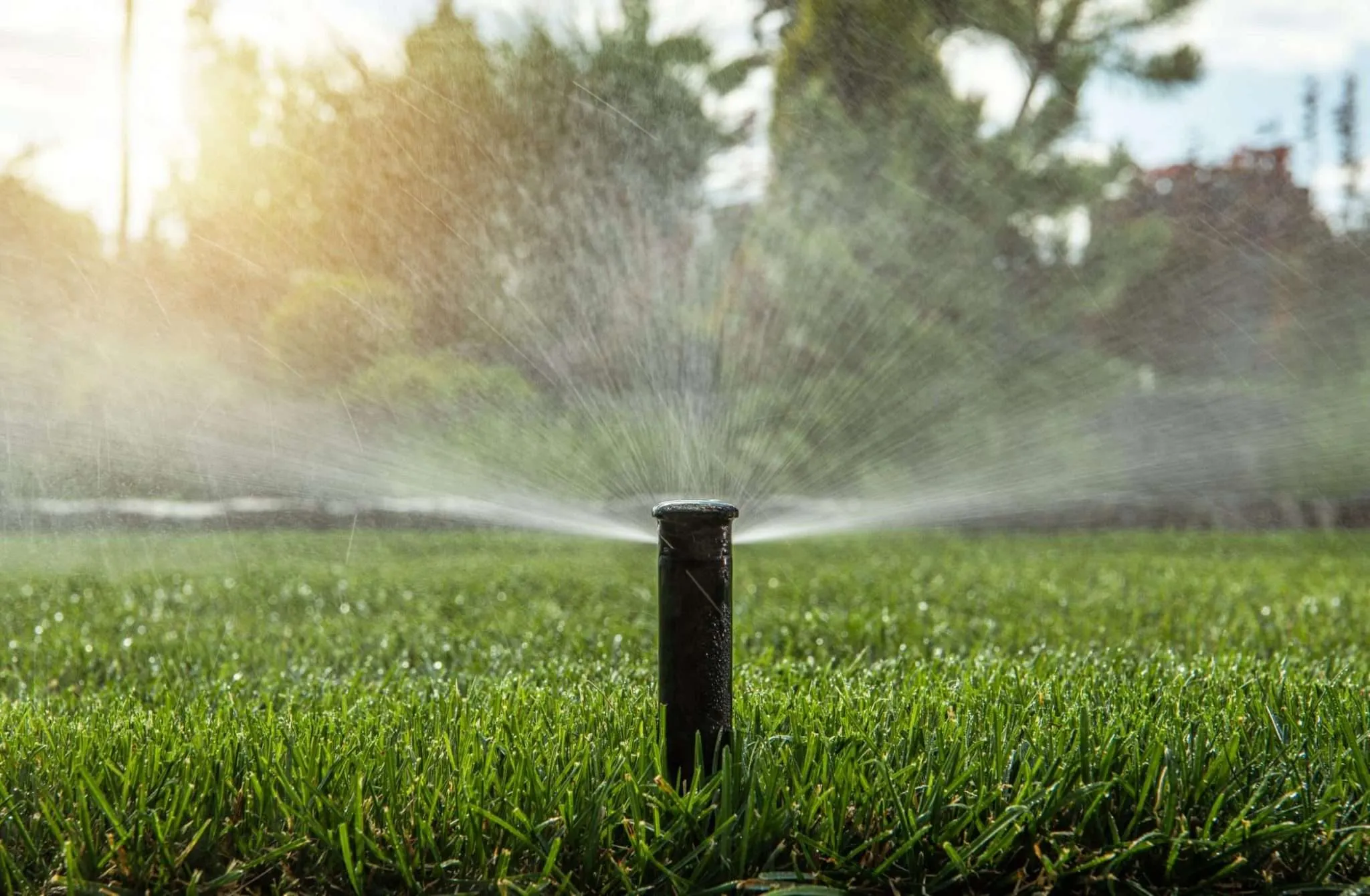

Landscaping Ideas
When To Water Zoysia Grass
Modified: August 27, 2024
Learn the best watering schedule for Zoysia grass to keep your landscaping looking lush and healthy. Discover expert landscaping ideas and tips for maintaining a vibrant lawn.
(Many of the links in this article redirect to a specific reviewed product. Your purchase of these products through affiliate links helps to generate commission for Storables.com, at no extra cost. Learn more)
Introduction
Welcome to the world of Zoysia grass, a lush and resilient turfgrass species that can elevate the aesthetic appeal of any landscape. As a proud homeowner or landscaping enthusiast, you understand the importance of maintaining a vibrant and healthy lawn. One crucial aspect of nurturing Zoysia grass involves providing it with the right amount of water at the right time. In this comprehensive guide, we will delve into the art of watering Zoysia grass to help you achieve a thriving and picturesque lawn.
Proper watering is a cornerstone of Zoysia grass care, as it directly impacts the grass's health, resilience, and overall appearance. By understanding the unique watering needs of Zoysia grass and implementing best practices, you can foster a verdant and inviting outdoor space for relaxation, recreation, and social gatherings.
Throughout this guide, we will explore the factors that influence Zoysia grass's watering requirements, signs of overwatering and underwatering, the best time to water this resilient grass variety, and practical tips to ensure optimal watering practices. Whether you are a seasoned gardener or a novice homeowner eager to enhance your landscaping skills, this article will equip you with the knowledge and insights needed to nurture your Zoysia grass with care and precision.
Join us on this journey as we uncover the secrets to maintaining a vibrant and healthy Zoysia grass lawn through effective and mindful watering practices. Let's embark on this green-fingered adventure and unlock the full potential of your outdoor oasis.
Key Takeaways:
- Water Zoysia grass deeply in the morning to promote strong roots, prevent fungal diseases, and minimize water loss through evaporation, ensuring a vibrant and resilient lawn.
- Monitor soil moisture levels, adjust irrigation based on seasonal variations, and avoid evening watering to maintain the health and vitality of Zoysia grass, creating a lush and inviting outdoor oasis.
Read more: When To Plant Zoysia Grass Plugs
Understanding Zoysia Grass
Zoysia grass, scientifically known as Zoysia, is a warm-season turfgrass celebrated for its lush, dense growth and remarkable tolerance to heat, drought, and foot traffic. This resilient grass variety thrives in regions with hot and humid climates, making it a popular choice for lawns, golf courses, and commercial landscapes.
One of the defining characteristics of Zoysia grass is its remarkable ability to withstand environmental stressors, including prolonged periods of drought and scorching heat. This remarkable resilience can be attributed to its extensive root system, which allows it to access water and nutrients deep within the soil, even during dry spells.
When it comes to appearance, Zoysia grass is renowned for its vibrant green hue and fine-textured blades, creating a visually striking and inviting lawn. Its dense growth pattern forms a lush carpet-like surface, providing an ideal setting for outdoor activities and leisure. Additionally, Zoysia grass exhibits excellent recuperative properties, quickly regenerating from damage caused by foot traffic or environmental factors.
Due to its adaptability and durability, Zoysia grass is a popular choice for homeowners seeking a low-maintenance yet visually appealing lawn. Its ability to thrive in various soil types and its resistance to pests and diseases further contribute to its allure as a landscaping staple.
Understanding the unique traits and growth patterns of Zoysia grass is crucial for tailoring an effective care regimen, including watering practices that align with its specific requirements. By gaining insights into the distinct characteristics of this resilient grass variety, you can cultivate a healthy and vibrant lawn that serves as a focal point of natural beauty and outdoor enjoyment.
As we delve deeper into the art of nurturing Zoysia grass, let us continue our exploration of this remarkable turfgrass species by examining the key factors that influence its watering needs and the signs that indicate its response to watering practices.
Factors Affecting Zoysia Grass Watering Needs
Understanding the factors that influence Zoysia grass’s watering requirements is essential for providing optimal care and promoting its health and vitality. Several key elements play a significant role in determining how much and how often you should water Zoysia grass, ensuring that it thrives in its environment.
- Soil Type: The composition of the soil in which Zoysia grass is planted directly impacts its watering needs. Well-draining soils, such as sandy loam, allow water to permeate effectively, requiring less frequent watering. In contrast, clay soils retain moisture for longer periods, necessitating a more strategic approach to watering to prevent waterlogging.
- Climate: The prevailing climate in your region, including temperature, humidity, and rainfall patterns, significantly influences Zoysia grass’s watering requirements. In hot and arid climates, frequent watering may be necessary to sustain the grass during dry spells, while cooler and more temperate climates may require less frequent irrigation.
- Establishment Stage: Newly planted or recently sodded Zoysia grass requires more frequent watering to facilitate root establishment and promote healthy growth. As the grass becomes established, watering frequency can be adjusted to align with its mature requirements.
- Exposure to Sunlight: The amount of sunlight that Zoysia grass receives directly impacts its water needs. Areas with ample sunlight may experience more rapid evaporation, necessitating more frequent watering to maintain optimal moisture levels in the soil.
- Grass Health: The overall health and vigor of Zoysia grass play a crucial role in determining its watering needs. Healthy, well-maintained grass is more resilient and can withstand periodic drought conditions, requiring less frequent watering compared to stressed or damaged turf.
By considering these influential factors, you can tailor your watering regimen to meet the specific needs of Zoysia grass in your unique environment. This thoughtful approach ensures that the grass receives the right amount of water at the right time, fostering its resilience and promoting a vibrant and lush lawn.
As we continue our exploration of Zoysia grass care, let’s delve into the signs that indicate overwatering and underwatering, allowing you to fine-tune your watering practices for optimal results.
Signs of Overwatering and Underwatering
Recognizing the signs of overwatering and underwatering is crucial for maintaining the health and vitality of Zoysia grass. Both scenarios can have detrimental effects on the grass’s growth, resilience, and overall appearance. By understanding the distinct indicators of these watering-related issues, you can adjust your watering practices to ensure that your Zoysia lawn thrives in a balanced and nurturing environment.
Signs of Overwatering:
Overwatering can lead to a host of problems for Zoysia grass, including root suffocation, nutrient leaching, and increased susceptibility to diseases. It is essential to be vigilant for the following signs of overwatering:
- Waterlogged Soil: Excessively wet soil that remains soggy and fails to drain adequately indicates overwatering, leading to oxygen deprivation in the root zone.
- Yellowing or Wilting: Despite receiving ample water, overwatered Zoysia grass may exhibit yellowing or wilting, signaling stress and reduced vigor.
- Fungal Growth: Overly moist conditions can foster the proliferation of fungal diseases, manifesting as mold, mildew, or other fungal growth on the grass blades and soil surface.
- Stunted Growth: Excessive watering can impede the grass’s growth, causing it to appear stunted and lacking in robustness.
Read more: When To Plant Zoysia Grass
Signs of Underwatering:
Insufficient water can also take a toll on Zoysia grass, leading to wilting, discoloration, and diminished resilience. It is important to be mindful of the following signs of underwatering:
- Wilting and Browning: Underwatered Zoysia grass may exhibit signs of wilting, accompanied by a gradual browning of the grass blades as they struggle to retain moisture.
- Thinning and Patchy Growth: Inadequate water supply can result in patchy or thinning areas within the lawn, indicating the grass’s struggle to thrive in dry conditions.
- Reduced Elasticity: When gently tugged, the blades of underwatered Zoysia grass may display reduced elasticity and resilience, indicating dehydration and stress.
- Soil Dryness: Dry, crumbly soil that lacks moisture and fails to support healthy grass growth is a clear indication of insufficient watering.
By remaining attentive to these telltale signs, you can proactively address watering imbalances and adjust your practices to ensure that Zoysia grass receives the optimal amount of water it needs to flourish. In the next section, we will explore the best time to water Zoysia grass, maximizing its absorption of moisture and promoting robust growth.
Best Time to Water Zoysia Grass
Timing plays a pivotal role in ensuring that Zoysia grass receives the maximum benefit from watering, allowing it to absorb moisture effectively and thrive in its environment. By adhering to a strategic watering schedule, you can optimize the grass’s ability to utilize water, promote deep root development, and minimize water loss through evaporation. Let’s explore the best time to water Zoysia grass to harness its full potential for lush and resilient growth.
Morning Watering:
Watering your Zoysia grass in the early morning, ideally between 6 AM and 10 AM, offers several advantages that contribute to the grass’s overall health and vitality:
- Optimal Absorption: Morning watering allows the grass to absorb moisture efficiently, as the cooler temperatures and reduced wind speed minimize evaporation, ensuring that the water penetrates the soil and reaches the root zone effectively.
- Fungal Prevention: By watering in the morning, the grass foliage has ample time to dry before nightfall, reducing the risk of fungal diseases that thrive in moist conditions and prolonged leaf wetness.
- Stress Mitigation: Providing water in the morning equips Zoysia grass with the hydration it needs to endure the heat of the day, minimizing stress and promoting robust growth.
Avoiding Evening Watering:
While morning watering offers numerous benefits, it is important to avoid watering Zoysia grass in the evening or late afternoon. Watering at these times can lead to moisture lingering on the grass overnight, increasing the risk of fungal diseases and creating an environment conducive to pest infestations.
By adhering to a morning watering schedule and steering clear of evening irrigation, you can optimize the effectiveness of watering, enhance the grass’s resilience, and maintain a vibrant and healthy Zoysia lawn.
As we unravel the intricacies of watering Zoysia grass, let’s delve into the specific water requirements of this resilient turfgrass, ensuring that you can meet its hydration needs with precision and care.
Read more: How Often To Water Zoysia Grass
How Much Water Does Zoysia Grass Need?
Understanding the specific water requirements of Zoysia grass is essential for delivering the right amount of moisture to promote its health and vitality. By tailoring your watering practices to align with the grass’s needs, you can foster deep root development, resilience to environmental stressors, and lush, vibrant growth. Let’s explore the optimal water needs of Zoysia grass to ensure that your watering regimen is finely tuned for success.
On average, Zoysia grass requires approximately 1 to 1.5 inches of water per week, including rainfall and irrigation. This guideline provides a benchmark for gauging the grass’s hydration needs, allowing you to adjust your watering schedule and duration accordingly. However, it is important to consider several factors that can influence the grass’s specific water requirements:
- Soil Type: The soil’s composition, drainage capacity, and water retention properties directly impact how much water Zoysia grass needs. Well-draining soils may necessitate more frequent but shorter watering sessions, while clay soils may require less frequent but longer irrigation to ensure deep water penetration.
- Climate and Seasonal Variations: The prevailing climate, temperature, and seasonal changes in your region influence Zoysia grass’s water needs. During hot and dry periods, the grass may require more frequent watering to sustain its vigor, while cooler and wetter seasons may necessitate adjustments to prevent overwatering.
- Establishment Stage: Newly planted or recently sodded Zoysia grass requires more frequent watering to facilitate root establishment and promote healthy growth. As the grass becomes established, watering frequency can be adjusted to align with its mature requirements.
- Evapotranspiration Rate: The rate at which water evaporates from the soil and transpires from the grass blades, influenced by temperature, humidity, and wind, affects the grass’s water uptake. Higher evapotranspiration rates may require more frequent watering to compensate for moisture loss.
By considering these factors and monitoring the grass’s response to watering, you can fine-tune your irrigation practices to ensure that Zoysia grass receives the optimal amount of water it needs to thrive. Observing the soil’s moisture levels, the grass’s appearance, and weather patterns can guide you in adjusting your watering regimen for maximum effectiveness.
As we continue our journey to nurture Zoysia grass with care and expertise, let’s explore practical tips and best practices for watering this resilient turfgrass, empowering you to cultivate a vibrant and inviting lawn that stands as a testament to your green-fingered prowess.
Watering Tips for Zoysia Grass
Mastering the art of watering Zoysia grass involves implementing strategic techniques and mindful practices to ensure that the grass receives the optimal hydration it needs to flourish. By incorporating these watering tips into your lawn care routine, you can promote deep root development, resilience to environmental stressors, and a lush, vibrant appearance for your Zoysia lawn.
1. Deep and Infrequent Watering:
Encourage the development of a robust and extensive root system by watering Zoysia grass deeply, allowing the moisture to penetrate the soil to a depth of 6 to 8 inches. Infrequent but thorough watering sessions promote stronger roots that can access water stored deeper in the soil, enhancing the grass’s resilience to drought conditions.
2. Morning Watering Schedule:
Adhere to a morning watering schedule to maximize the grass’s absorption of moisture and minimize water loss through evaporation. Watering in the early morning, ideally between 6 AM and 10 AM, allows the grass to utilize the moisture effectively and reduces the risk of fungal diseases associated with prolonged leaf wetness.
Read more: When To Plant Zoysia Grass Sod
3. Monitor Soil Moisture Levels:
Regularly assess the soil’s moisture levels to gauge the grass’s hydration needs accurately. Use a soil moisture meter or probe to determine the depth of water penetration and adjust your watering schedule based on the grass’s response and prevailing weather conditions.
4. Adjust Irrigation Based on Seasonal Variations:
Be mindful of seasonal changes and climatic variations, adjusting your watering practices to align with the grass’s evolving needs. During hot and dry periods, you may need to increase watering frequency, while cooler and wetter seasons may necessitate reduced irrigation to prevent overwatering.
5. Avoid Watering in the Evening:
Steer clear of watering Zoysia grass in the evening or late afternoon to minimize the risk of fungal diseases and pest infestations. Watering in the morning allows the grass foliage to dry before nightfall, reducing the likelihood of moisture-related issues.
6. Consider Rainfall and Irrigation:
Take into account natural rainfall and incorporate it into your overall watering strategy. Adjust your irrigation schedule based on the amount of rainfall received, ensuring that Zoysia grass receives the necessary moisture without overwatering.
By integrating these watering tips into your Zoysia grass care regimen, you can cultivate a vibrant, resilient lawn that serves as a testament to your dedication and expertise in nurturing lush and thriving landscapes.
As we conclude our exploration of watering practices for Zoysia grass, let’s reflect on the valuable insights gained and the actionable steps you can take to ensure that your lawn flourishes with health and vitality.
Read more: When To Fertilize My Zoysia Grass
Conclusion
Congratulations on embarking on a journey to uncover the secrets of nurturing Zoysia grass with precision and care. By delving into the art of watering this resilient turfgrass, you have gained valuable insights into the factors influencing its hydration needs, the signs of overwatering and underwatering, and the best practices for delivering the right amount of moisture to promote its health and vitality.
As you tend to your Zoysia lawn, remember that understanding the unique traits and growth patterns of this remarkable grass variety is essential for tailoring an effective care regimen. By embracing the best time to water Zoysia grass and mastering the art of deep and infrequent watering, you can empower the grass to thrive in its environment, exhibiting lush, vibrant growth and remarkable resilience to environmental stressors.
As you continue your journey as a green-fingered enthusiast, consider the profound impact of thoughtful and strategic watering practices on the overall health and appearance of your Zoysia lawn. By monitoring soil moisture levels, adjusting your irrigation practices based on seasonal variations, and implementing morning watering schedules, you can cultivate a verdant and inviting outdoor oasis that stands as a testament to your dedication and expertise in landscaping care.
Remember that your role as a steward of your Zoysia lawn extends beyond watering; it encompasses holistic care, including mowing, fertilization, and pest management. By integrating a comprehensive approach to lawn maintenance, you can ensure that your Zoysia grass flourishes with vitality and beauty, enriching your outdoor space and providing a serene backdrop for leisure and relaxation.
As you apply the knowledge and insights gained from this guide, may your Zoysia lawn thrive as a testament to your green-fingered prowess and your unwavering commitment to nurturing natural beauty. Embrace the journey ahead with enthusiasm and dedication, knowing that your efforts will yield a lush, vibrant, and resilient landscape that captivates the senses and enriches the soul.
With these principles at heart, you are poised to elevate your Zoysia lawn to new heights of splendor and vitality, creating an outdoor sanctuary that beckons with natural beauty and tranquility.
Frequently Asked Questions about When To Water Zoysia Grass
Was this page helpful?
At Storables.com, we guarantee accurate and reliable information. Our content, validated by Expert Board Contributors, is crafted following stringent Editorial Policies. We're committed to providing you with well-researched, expert-backed insights for all your informational needs.
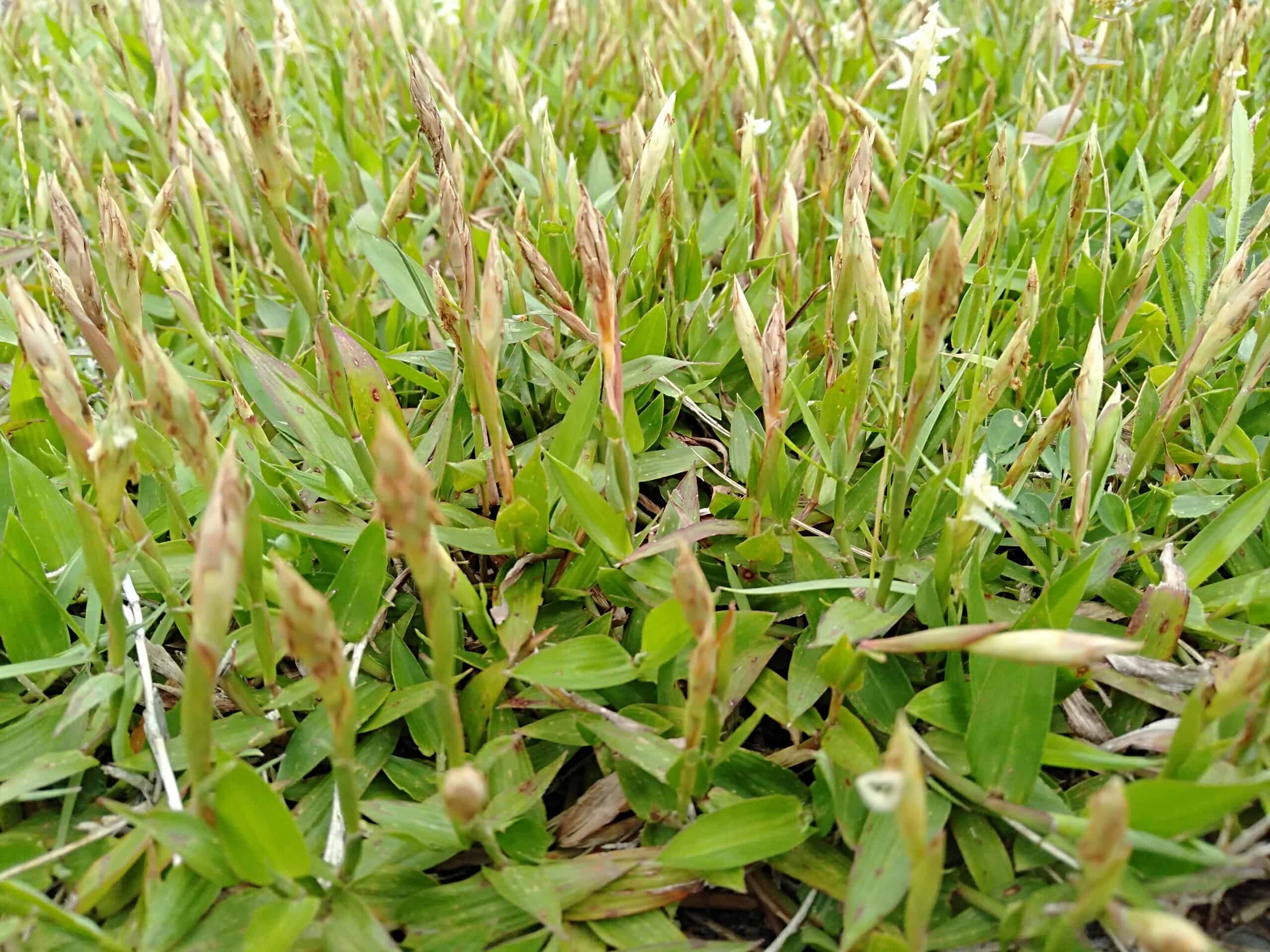
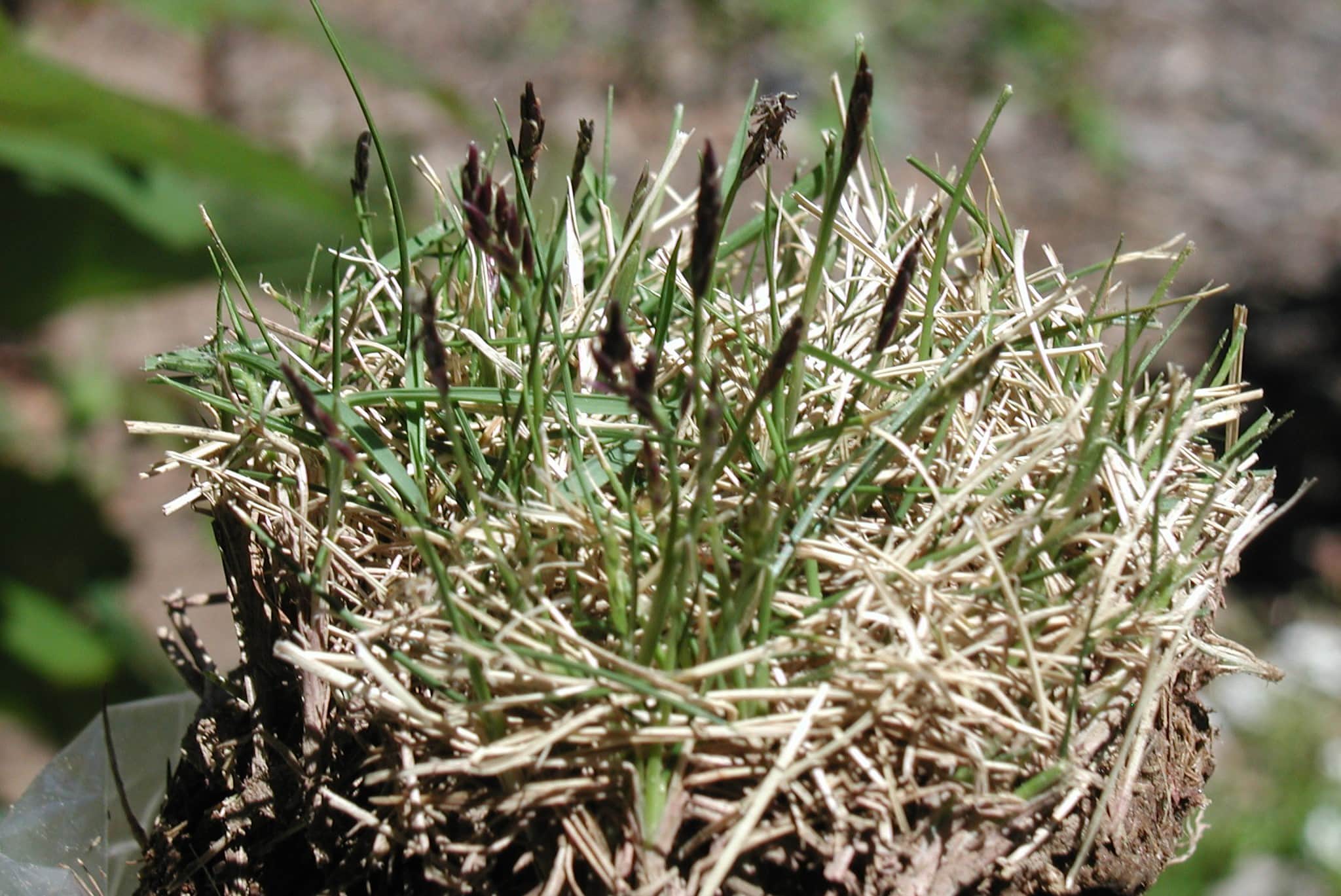
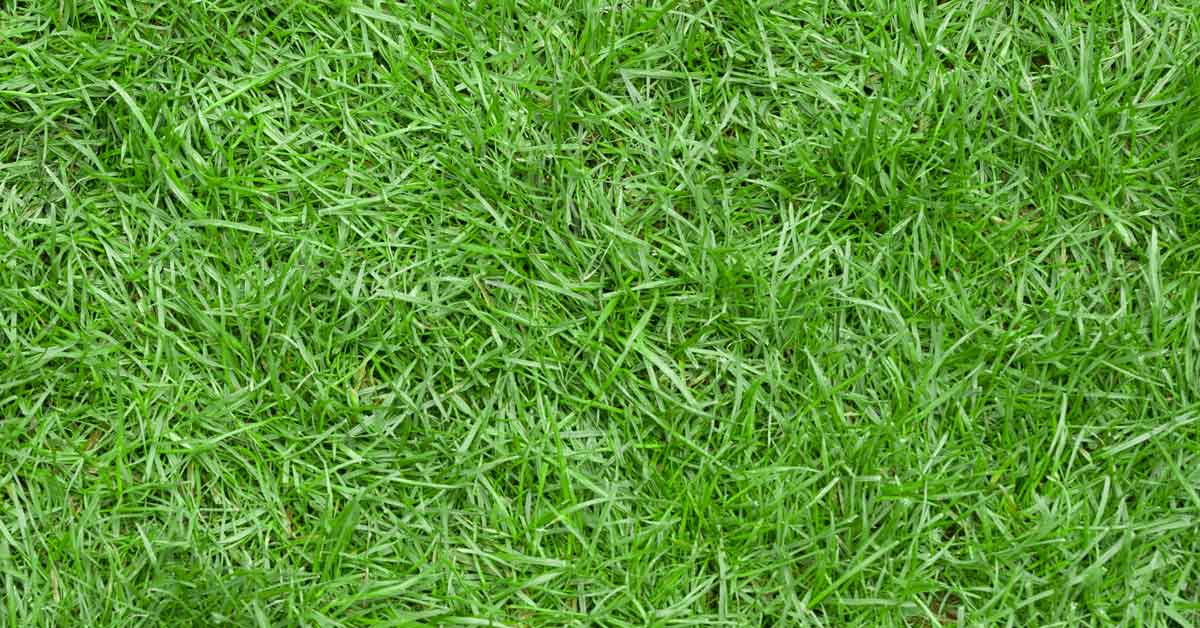
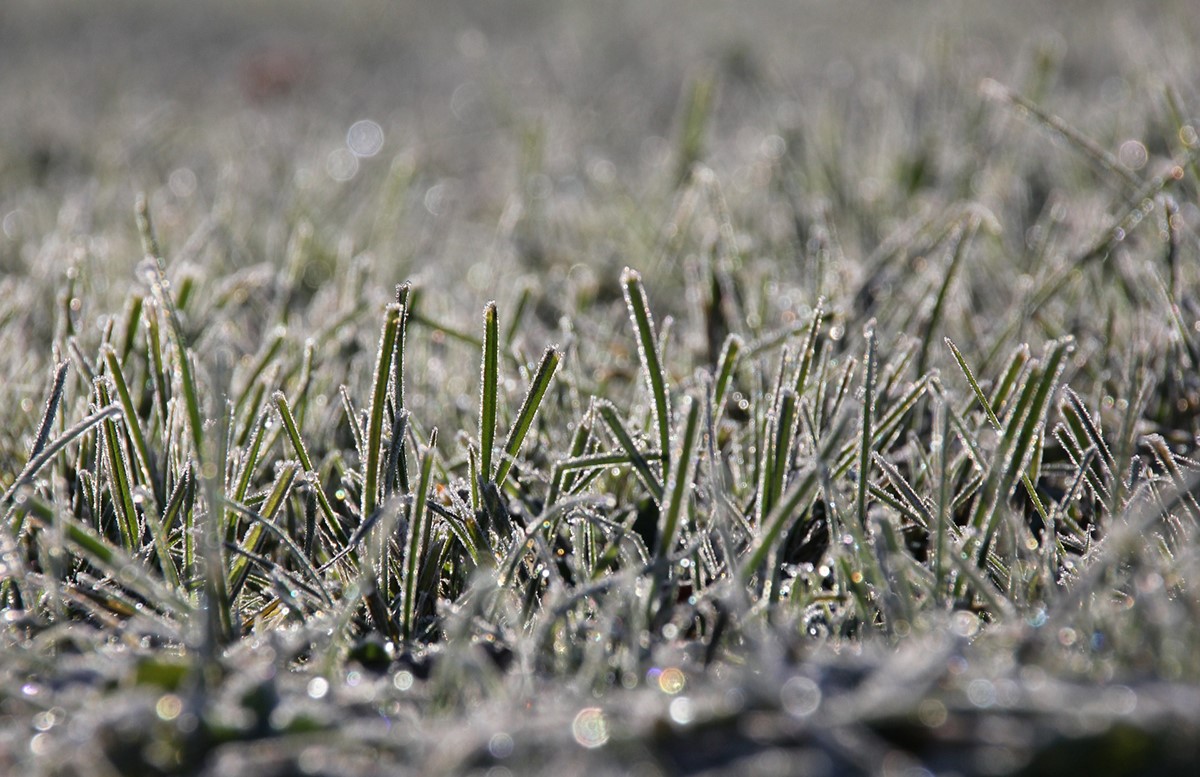
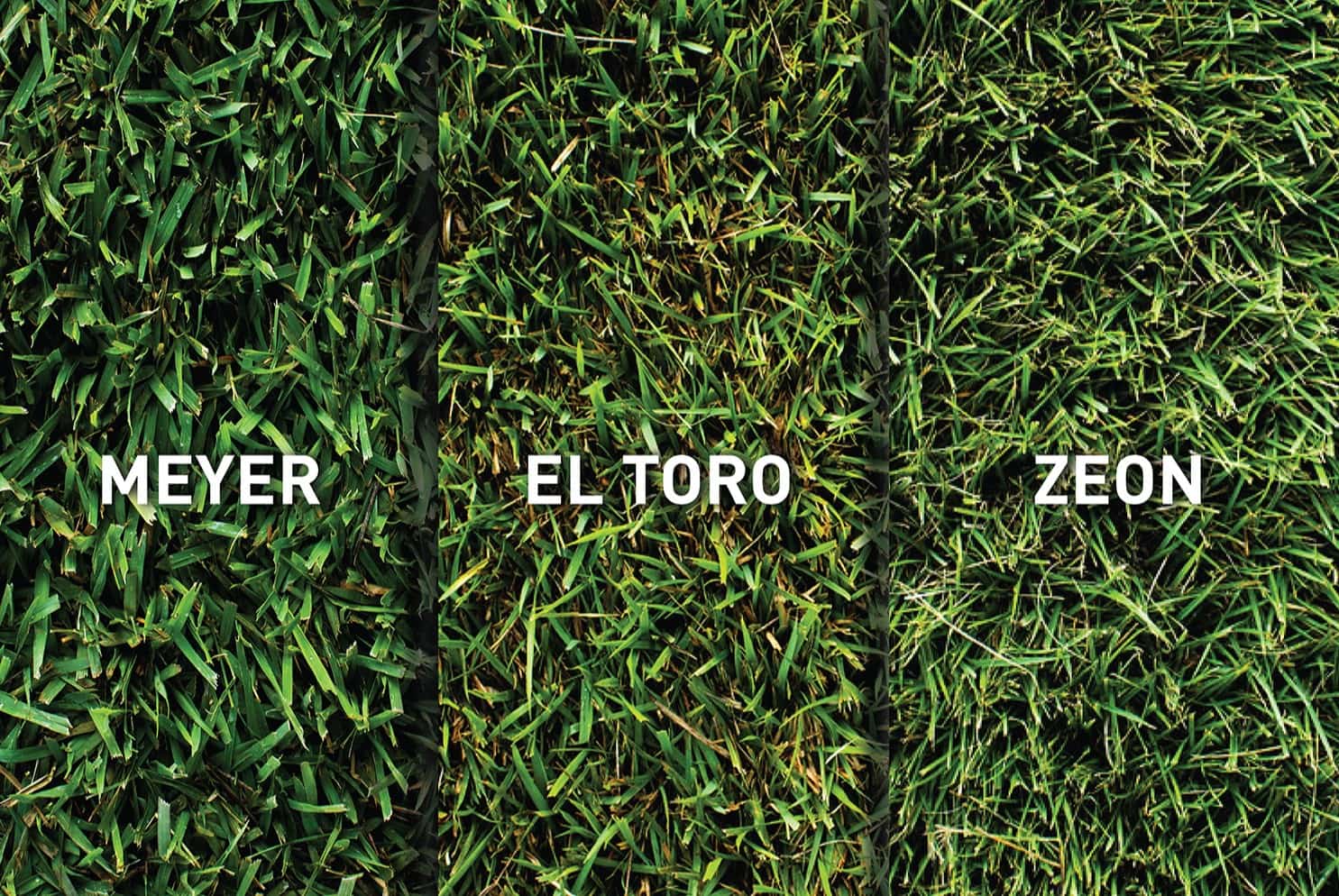

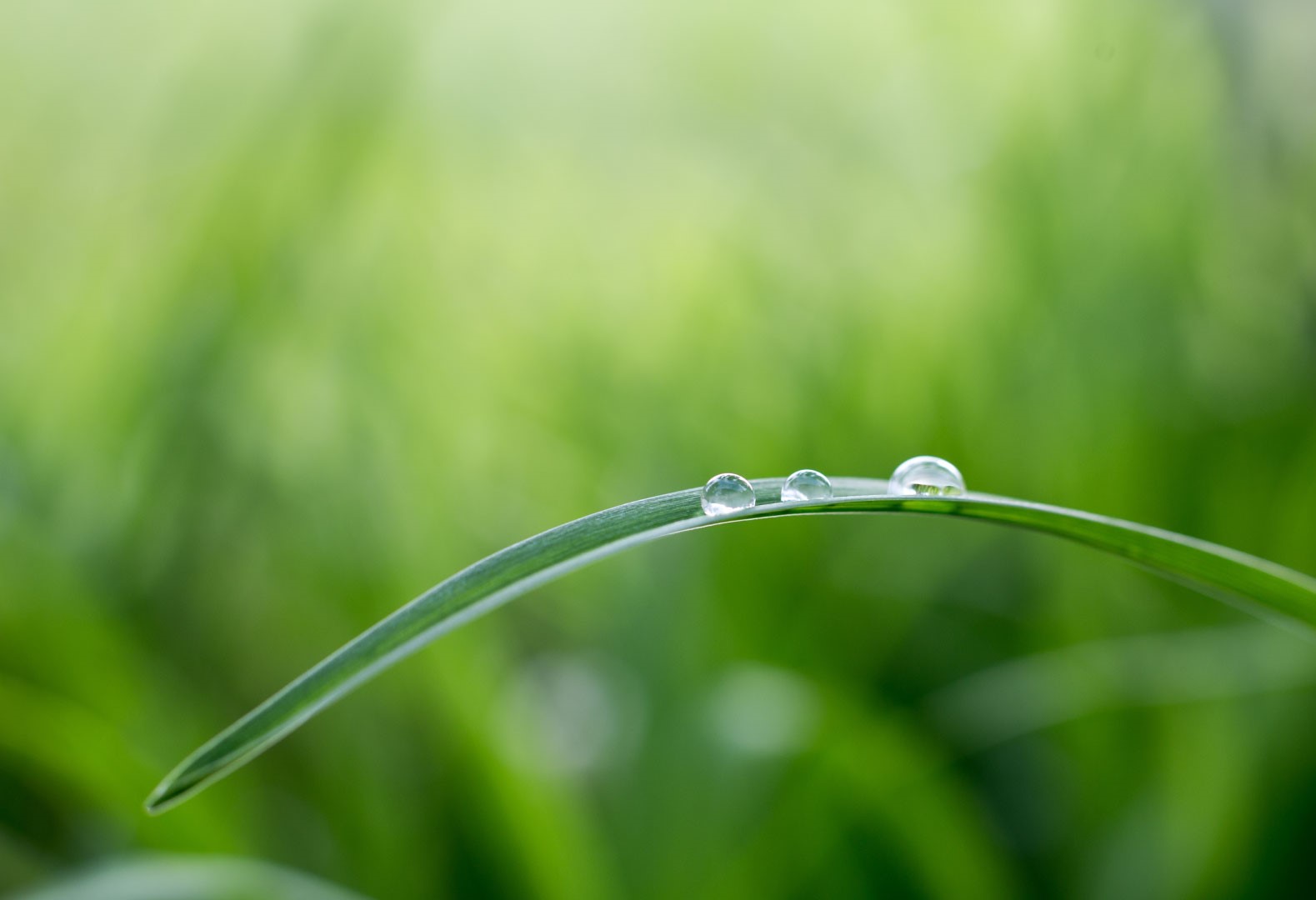
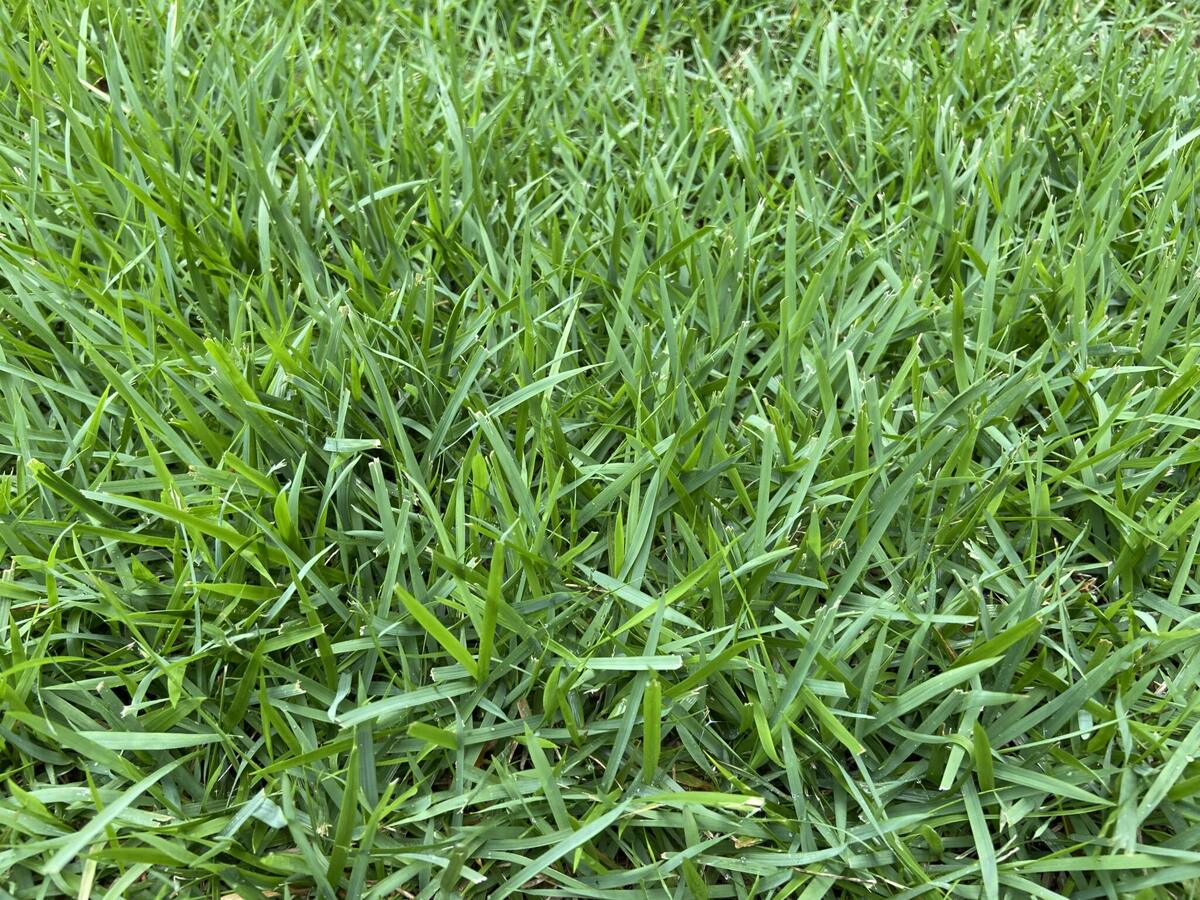
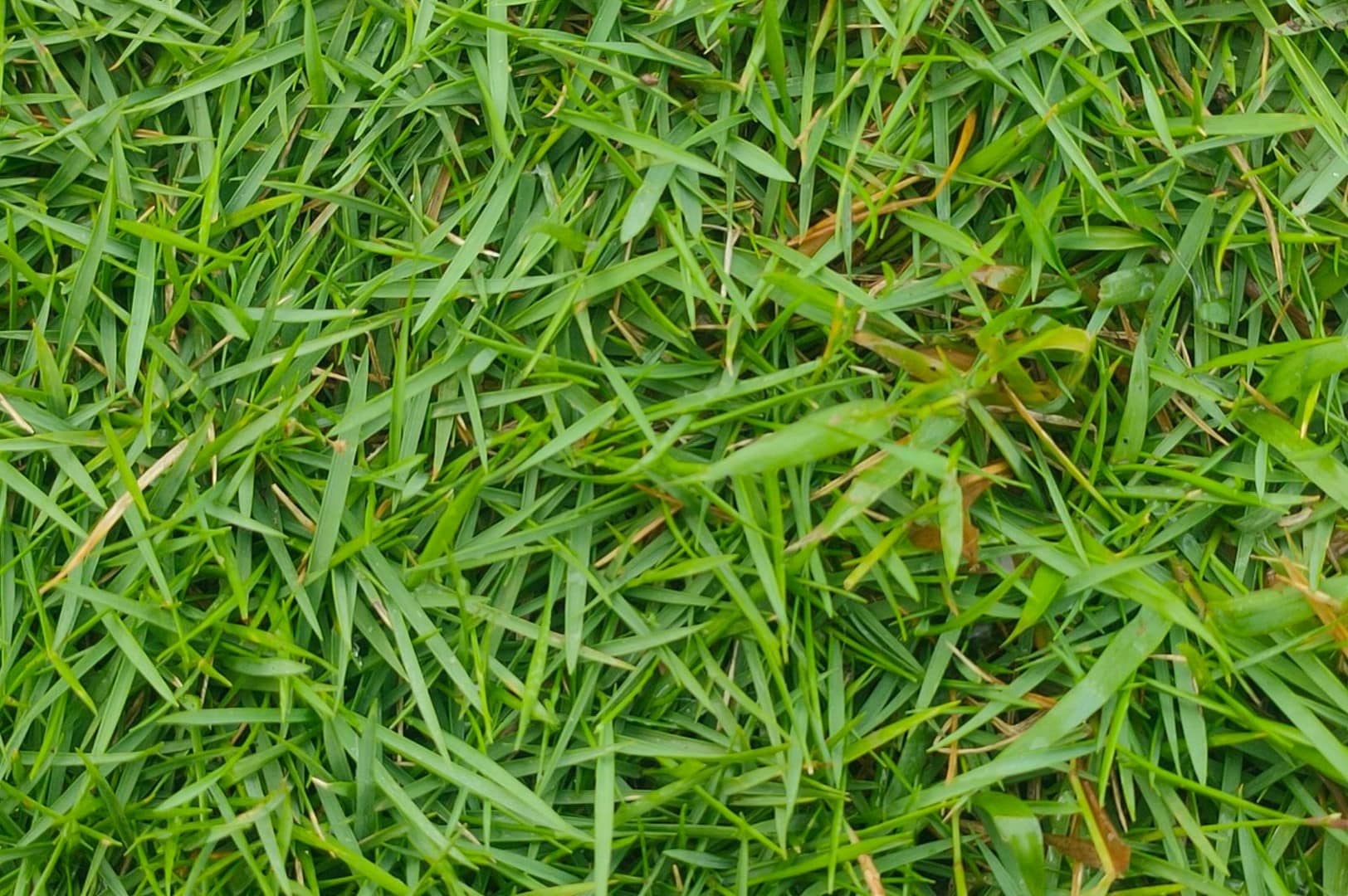

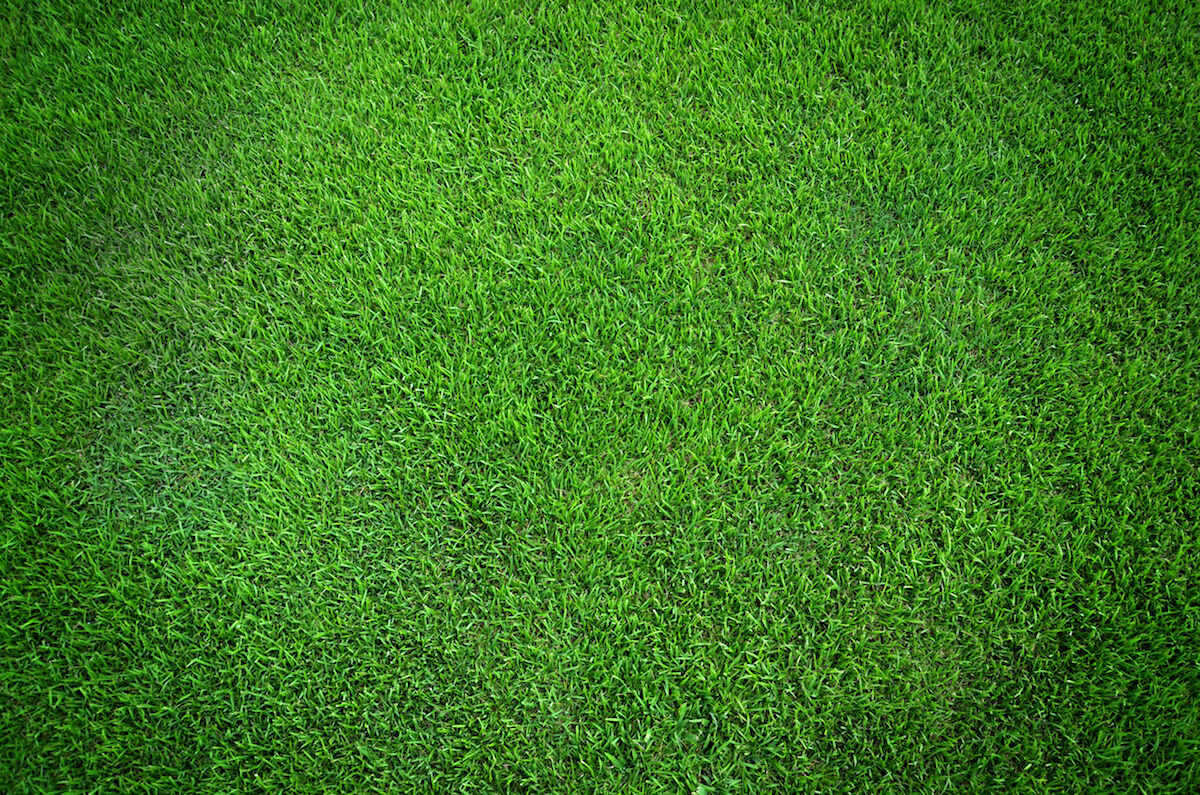

0 thoughts on “When To Water Zoysia Grass”